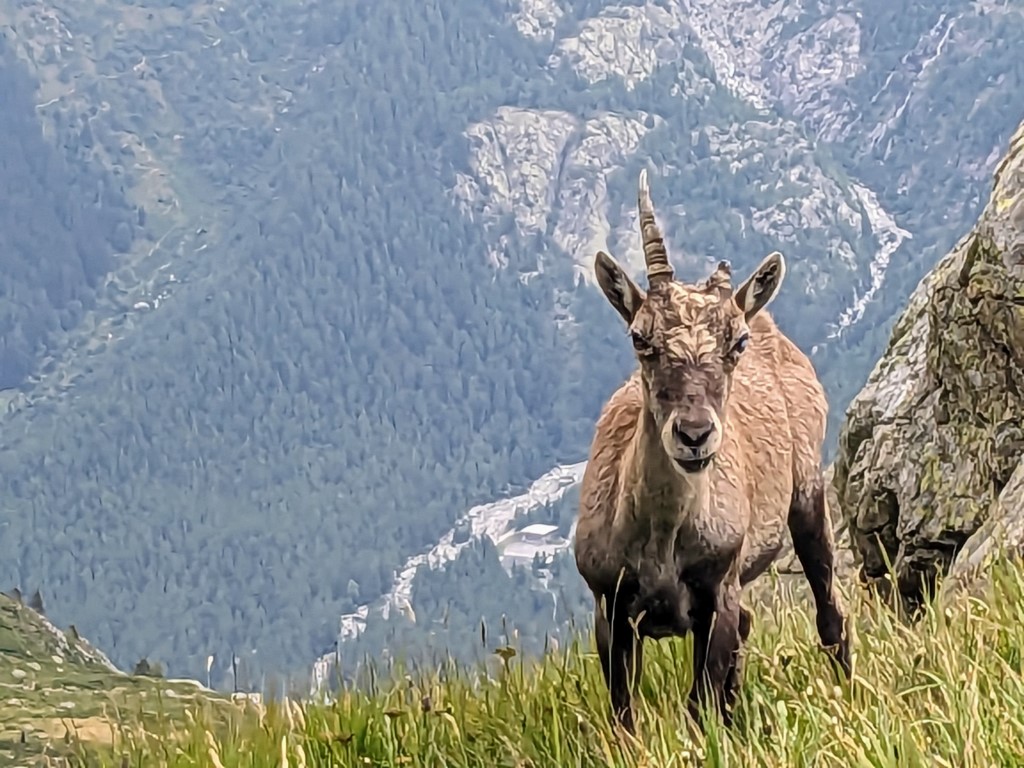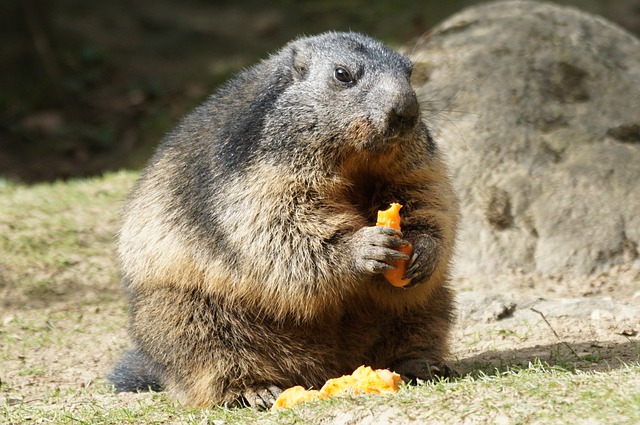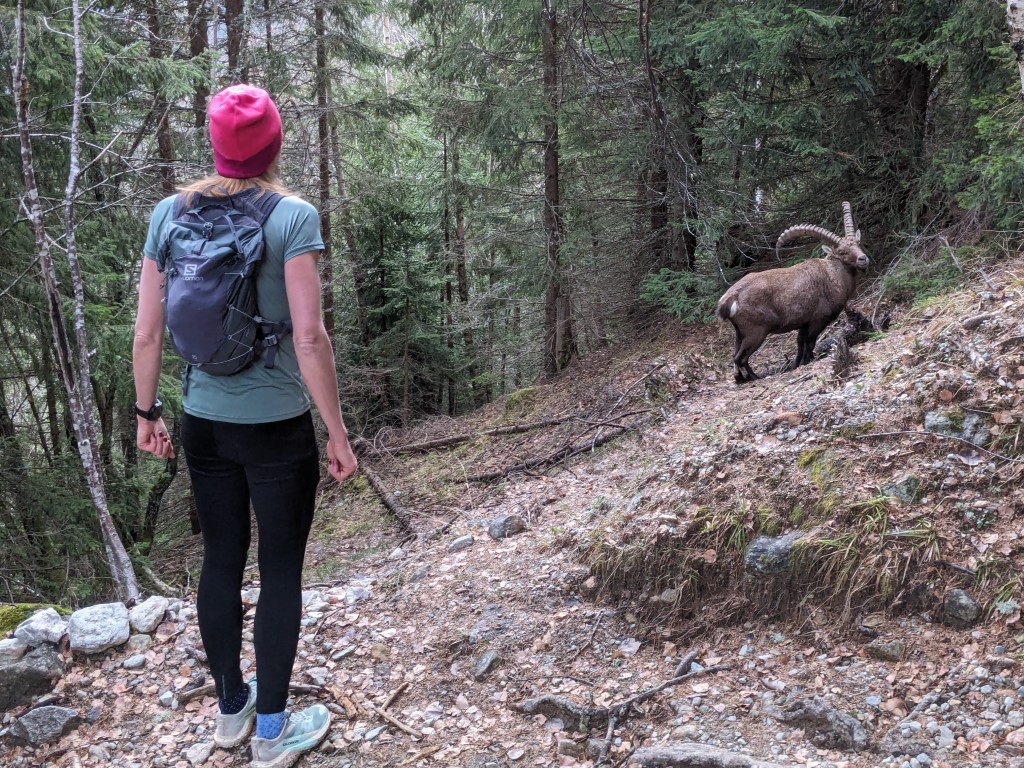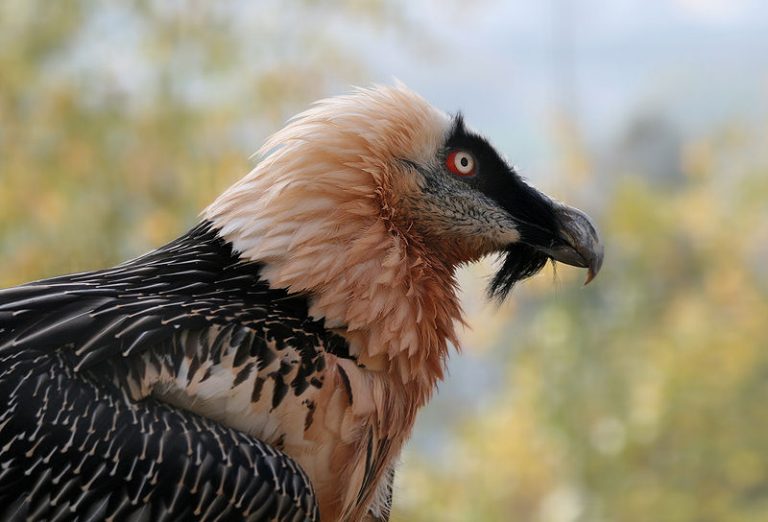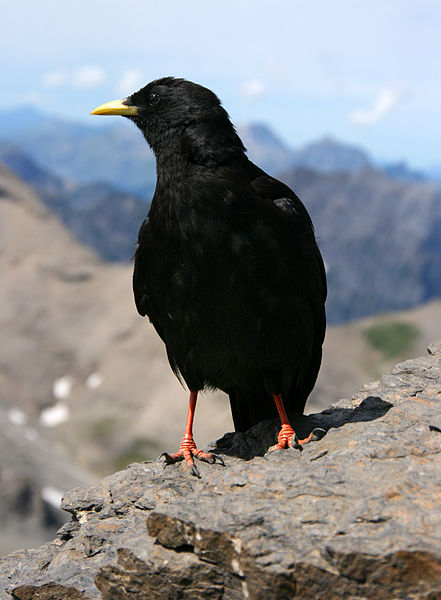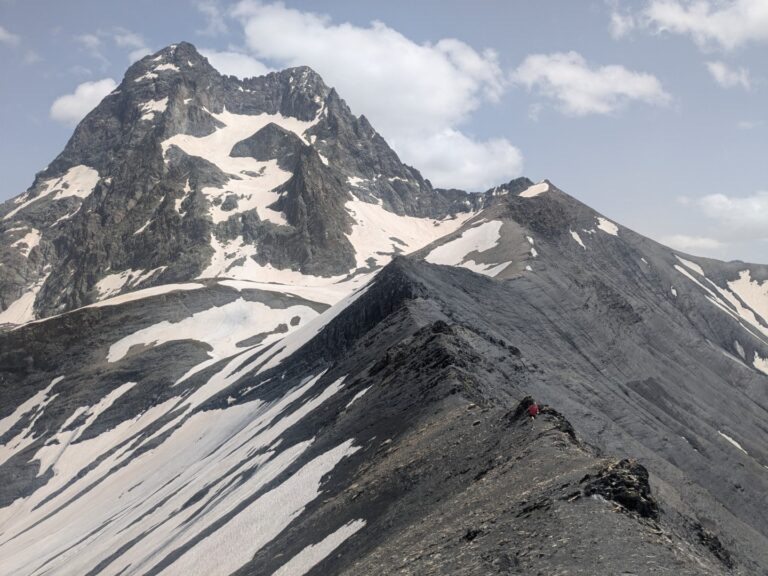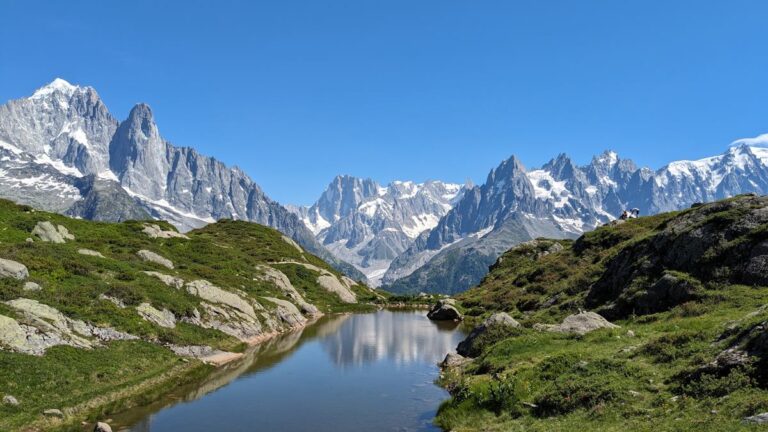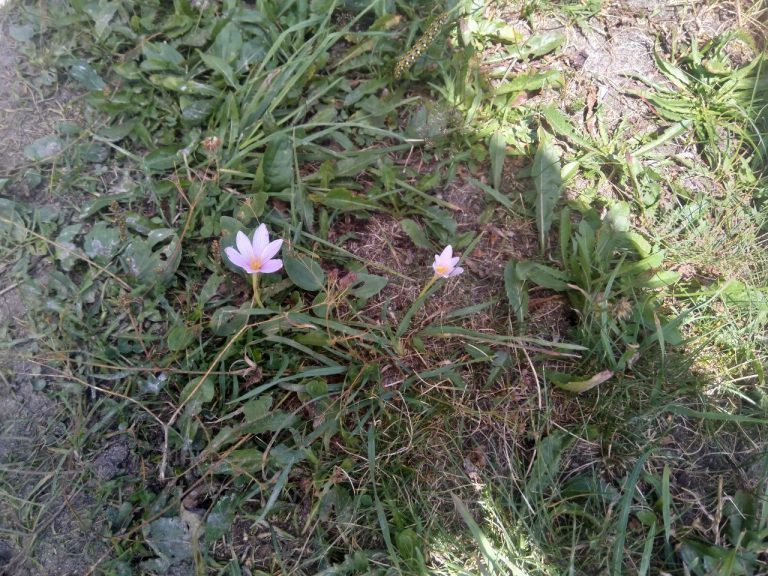La faune autour de Chamonix
Quels sont les animaux et les oiseaux que l'on peut rencontrer lors d'une randonnée en montagne ? Lisez ce qui suit pour connaître la faune et la flore de Chamonix et des Alpes occidentales où nous organisons nos séjours de randonnée et nos stages.
Les Alpes abritent une faune très variée, qu'il s'agisse d'oiseaux ou d'animaux. Certains des habitants les plus connus sont difficiles à repérer en raison de leur rareté, de leur timidité ou de leurs habitudes nocturnes. D'un autre côté, il y a ceux qui apparaissent régulièrement au cours de nos randonnées dans les montagnes locales. Nous nous concentrerons ici sur ce dernier groupe, c'est-à-dire les animaux et les oiseaux que vous êtes susceptibles de voir pendant une randonnée à la journée ou un trekking de plusieurs jours. En bas de page, nous mentionnerons d'autres créatures bien connues mais plus insaisissables de la région. Cliquez sur le titre de chaque section pour obtenir un article plus approfondi sur l'espèce en question.
Les animaux les plus fréquemment rencontrés
Marmotte des Alpes
Pour commencer, il est évident que nous avons choisi notre homonyme et un emblème populaire des régions alpines. Ces adorables animaux à fourrure vivent socialement en grands groupes familiaux. Ils font partie de la famille des rongeurs et vivent dans des terriers sous les pentes herbeuses. Ils hibernent pendant l'hiver, lorsque les pentes sont recouvertes de neige, et réapparaissent au printemps lorsque la neige se retire. Dans les prairies alpines, ils se cachent souvent dans les buttes herbeuses. En pénétrant dans leur vie privée, vous découvrirez qu'ils ne sont pas aussi mignons et innocents qu'on pourrait le croire.
Pour plus d'informations, l'un de nos articles les plus populaires est rempli de faits peu connus sur les marmottes.
Bouquetin
Le bouquetin est une chèvre de montagne typique. Fort et agile, doté d'incroyables capacités d'escalade, il est parfaitement adapté à la vie en montagne. L'espèce a failli disparaître à cause de la chasse au XIXe siècle, mais elle a connu un retour en force grâce à la protection du parc national du Grand Paradis, en Italie. Ils sont reconnaissables à leurs cornes distinctement striées, qui s'incurvent de façon spectaculaire vers le ciel. Autour de Chamonix, on rencontre le plus souvent des bouquetins dans la réserve naturelle des Aiguilles Rouges.
Chamois
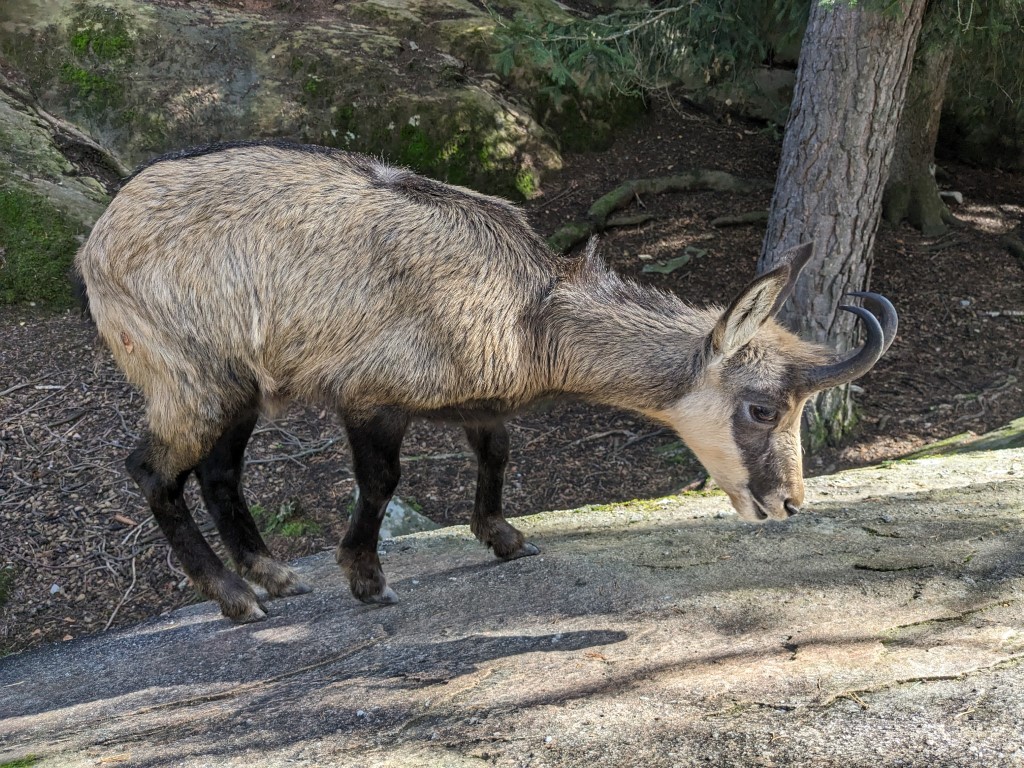
Autre emblème des Alpes, le chamois est une espèce de chèvre-antilope, c'est-à-dire qu'il ressemble un peu aux deux. Ses cornes sont plus courtes que celles du bouquetin, mais il peut y ressembler de loin. Leurs compétences en matière d'escalade sont presque aussi bonnes. Ils sont timides envers les humains, mais sociables entre eux. Il est parfois possible d'en observer de grands troupeaux à bonne distance, galopant sur des rochers ou des éboulis à l'aspect incroyablement escarpé.
Autres animaux sauvages autour de Chamonix
Outre les espèces emblématiques mentionnées ci-dessus, il existe de nombreuses autres espèces animales à observer lors de vos randonnées. Par exemple, vous verrez souvent un écureuil de couleur noire courir le long d'un tronc d'arbre. Malgré la couleur, il s'agit d'écureuils roux et ils appartiennent à la même espèce que les écureuils roux que l'on voit ailleurs.
Plusieurs espèces de cervidés vivent également dans les forêts alpines, notamment le cerf élaphe et le chevreuil. Vous aurez plus de chances de les voir en hiver, lorsqu'ils descendent dans les vallées à la recherche de nourriture.
Les lézards sont souvent observés sur les rochers chauffés par le soleil, en particulier les lézards des murailles et, si vous avez de la chance, un lézard vert européen caractéristique.
Les Oiseaux
Chocard à bec jaune et Crave à bec rouge
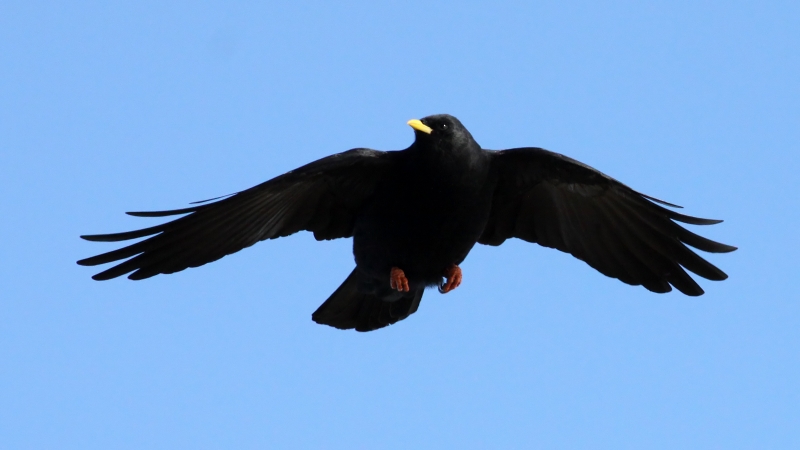
Ces deux espèces de petits oiseaux noirs de la famille des corbeaux sont un spectacle familier dans les cieux alpins, surtout s'il y a de la nourriture. Ils sont assez intelligents pour avoir appris que là où l'homme va, il y a des occasions de récupérer un repas. Les deux oiseaux sont communs ici, mais le chocard alpin à bec jaune est plus fréquent. La marque de ski de Chamonix, Black Crows, a pris son nom en référence à ces oiseaux omniprésents dans les montagnes ici.
Vautour fauve
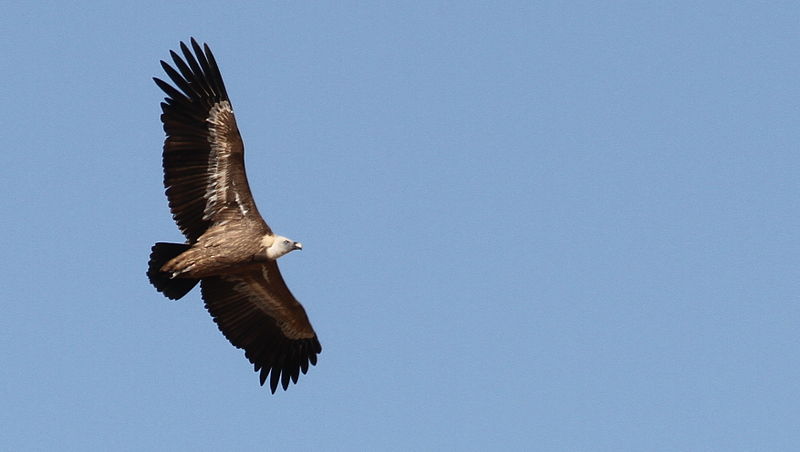
Si vous voyez un énorme oiseau au-dessus de votre tête dans les Alpes françaises, il s'agit probablement d'un vautour fauve. Et si vous voyez plus de deux adultes ensemble, il s'agit sans aucun doute de griffons. Les autres oiseaux de taille similaire dans la région sont l'aigle royal et le gypaète barbu. Cependant, ces derniers sont beaucoup plus rares et ne sont observés qu'individuellement ou en couples reproducteurs. En revanche, nous avons compté plus de trente vautours fauves volant au-dessus de nous en même temps.
Avec une envergure de deux mètres, les vautours fauves sont vraiment impressionnants à voir, et leur nombre a augmenté de façon spectaculaire depuis leur réintroduction dans les années 1990. Les griffons que l'on voit ici en été sont souvent des visiteurs saisonniers en provenance de leur zone de reproduction en Ibérie.
Des observations plus rares
Les loups sont de plus en plus présents dans la région, mais il est très rare de les voir dans la journée. Le sanglier est un autre habitant rare de la région. Le renard arctique, le lynx et l'hermine peuvent être aperçus de temps à autre. Parmi les autres animaux sauvages de Chamonix, citons les petites créatures qui se cachent dans les sous-bois, comme les petits rongeurs et les martres. Ces petits animaux ne sont pas rares, mais ils sont difficiles à repérer car ils sont timides et ont beaucoup de feuillage pour se cacher.
Nous avons mentionné plus haut que les aigles royaux et les gypaètes barbus sont observables avec beaucoup de chance. Le tétras-lyre et le lagopède nichent également dans la région, mais ils sont rarement observés. Le tétras-lyre est ainsi nommé en raison de la forme de sa queue qui rappelle celle de l'ancien instrument de musique.
Vous pourrez également voir des serpents tels que des vipères et des couleuvres, ainsi qu'un ver lent ressemblant à un serpent.
Comment repérer la faune autour de Chamonix
Si vous voulez avoir les meilleures chances d'observer la faune autour de Chamonix et dans les Alpes occidentales, il vous faut du temps et de la patience. Plus vous passerez de temps à marcher, plus vous aurez de chances d'apercevoir des animaux sauvages. Nous vous recommandons une excursion comme le 4-day Tour du Mont Blanc West si vous voulez maximiser vos chances d'observer des animaux.
En général, le meilleur endroit pour observer la faune locale se situe entre la limite des arbres et la limite des neiges. Peu de créatures s'aventurent dans les champs de neige des hautes Alpes et, bien que les forêts abritent de nombreux animaux, il est difficile de les apercevoir dans les arbres.
Vous verrez souvent plus d'animaux sauvages si vous pouvez vous éloigner des autres personnes. Certaines de nos meilleures observations ont eu lieu dans des zones reculées, loin des gens. Et même si ce n'est pas si éloigné, vous pouvez souvent voir des bouquetins dans la réserve naturelle des Aiguilles-Rouges. Le statut de protection signifie que les chèvres de montagne ne sont pas aussi timides envers les humains qu'elles le sont ailleurs.
En cas d'échec, ou si vous n'avez ni le temps ni la patience d'attendre, le parc animalier de Merlet, aux Houches, vous garantit la possibilité de voir de nombreux animaux indigènes de la région dans leur environnement naturel.

